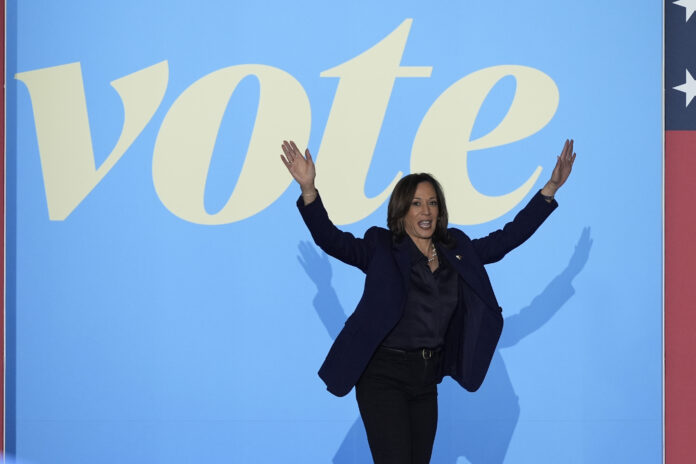Three weeks from now, every vote in the 2024 presidential election will be cast, and election officials across the country will work late into the night counting millions of ballots. By the morning of November 6, we may finally have an answer to the question that has loomed over politics for months: “Who will win?”
Unfortunately, this is a question that no one can answer with certainty. The race remains highly unpredictable, with no scheduled debates between Vice President Kamala Harris and former President Donald Trump, and no major events expected before the polls open. With no clear favorite, every small shift in momentum seems monumental, and these final weeks heighten the tension in an already tightly contested race.
This period of uncertainty can feel similar to what Japanese engineer Masahiro Mori described in the 1970s as the “uncanny valley,” a state of discomfort caused by something that feels familiar but unsettling. As we approach Election Day, Americans are caught in their own version of this unsettling time, seeking any sign of a potential outcome. The infamous “October Surprise” has become a quadrennial expectation, though it rarely delivers the shake-up many anticipate.
Even Hillary was further ahead at this point in her race
Adding to the uncertainty, a recent NBC News poll shows Harris and Trump in a virtual tie, with each holding 48% of support from registered voters, and a margin of error of ±3.1%. While this appears troubling for Democrats, especially given that Harris led Trump by six points in September, the margin of error reveals that these numbers aren’t as different as they seem. Polls, after all, provide only a snapshot of the moment, not a prediction of what lies ahead.
Despite this close polling, Harris’ campaign can take comfort in the fact that she surged past Trump after President Joe Biden exited the race. Yet, doubt still creeps in during these final weeks, with every decision scrutinized and every development viewed as a potential red flag.
Unlike her predecessors, Harris has faced a compressed timeline for her campaign, which has intensified the pressure. While raising a billion dollars since entering the race is an impressive feat, some worry it may not be enough to sustain her momentum through the final stretch. Every choice—from campaign stops to messaging strategies—becomes fodder for speculation about why Harris could lose.
As the campaign navigates this noisy, chaotic landscape, the pressure mounts to find a singular focus that will secure a victory. With so many variables at play, the challenge is immense: How do you appeal to Black men who are intrigued by Trump while also courting Never Trump Republicans? How do you engage progressives uneasy about U.S. support for Israel while addressing economic concerns like inflation?
Here’s a professional secret: No one knows for sure. Even the strategists working on the campaign can’t say for certain what will tip the scales. These next three weeks will be a time of deep discomfort as we all stare into the unknown. There are no quick fixes, only the opportunity to acknowledge our uncertainties and work toward the change we hope to see.


